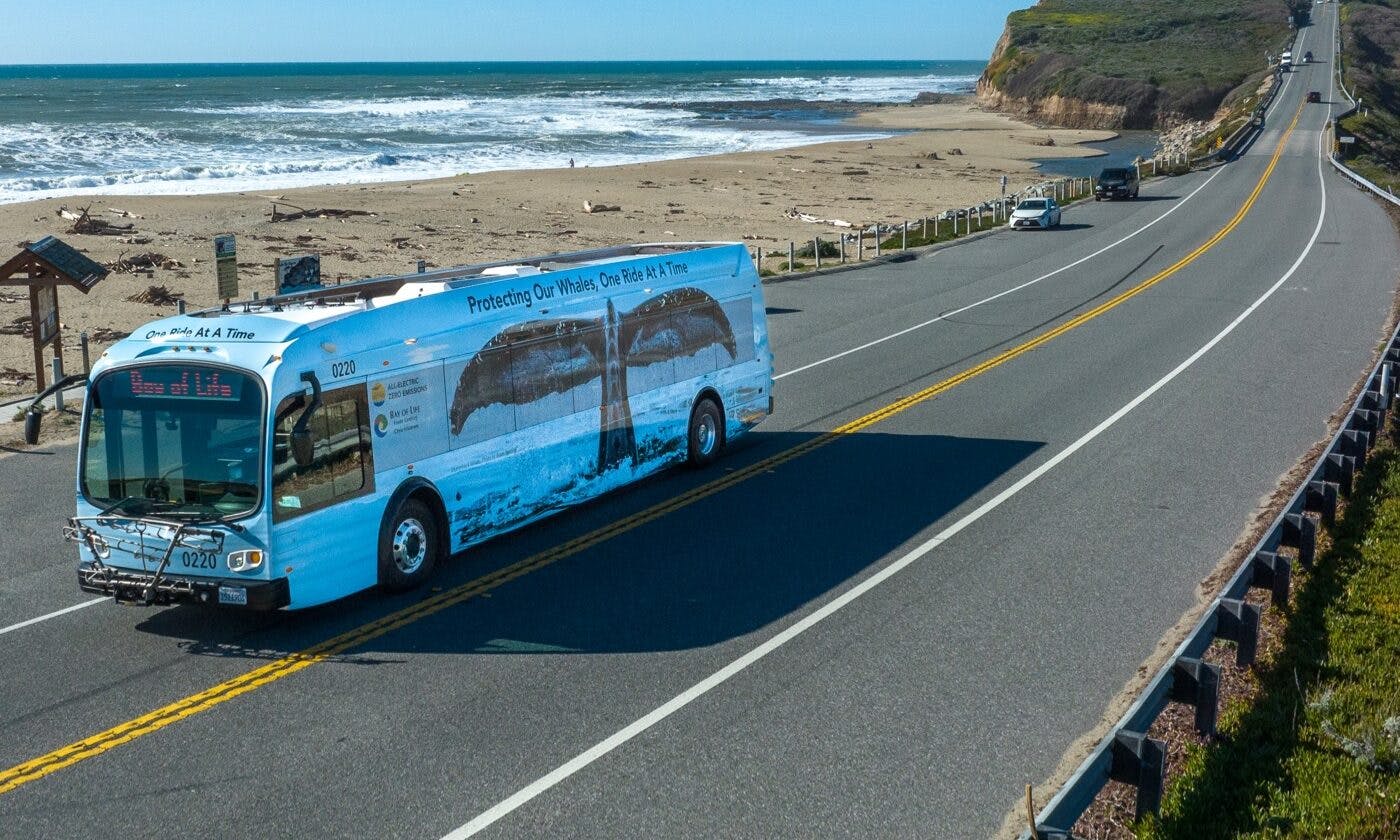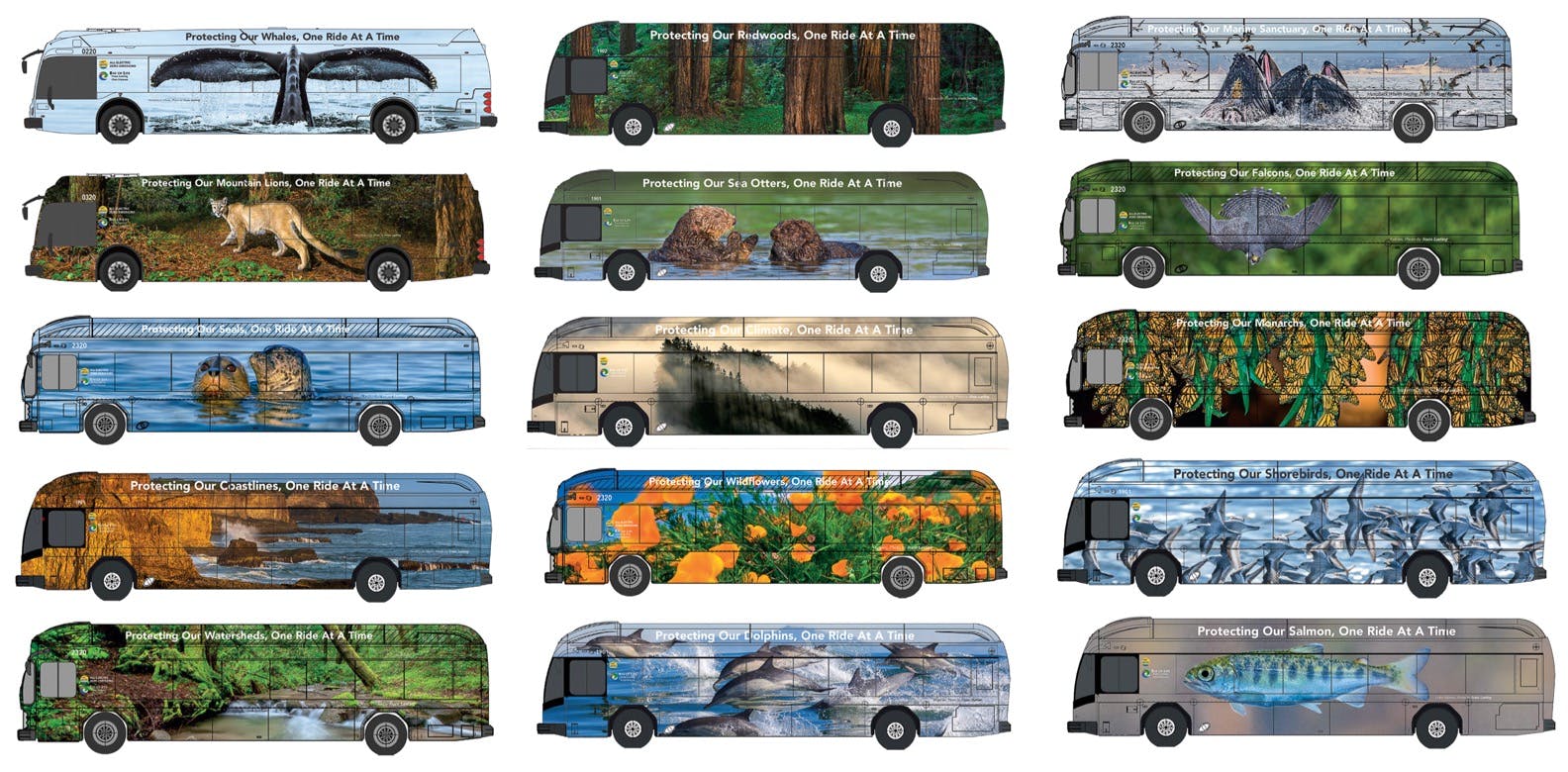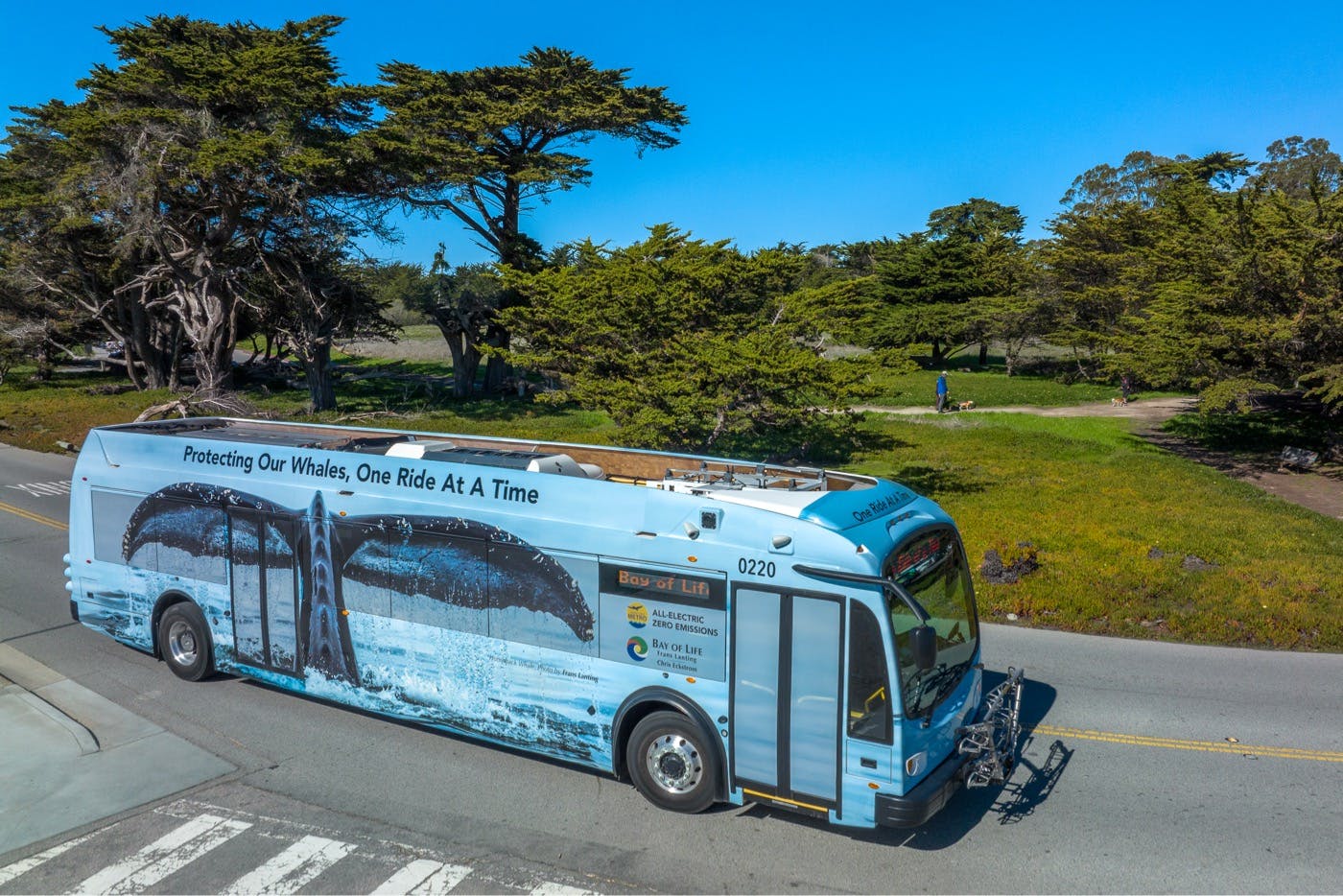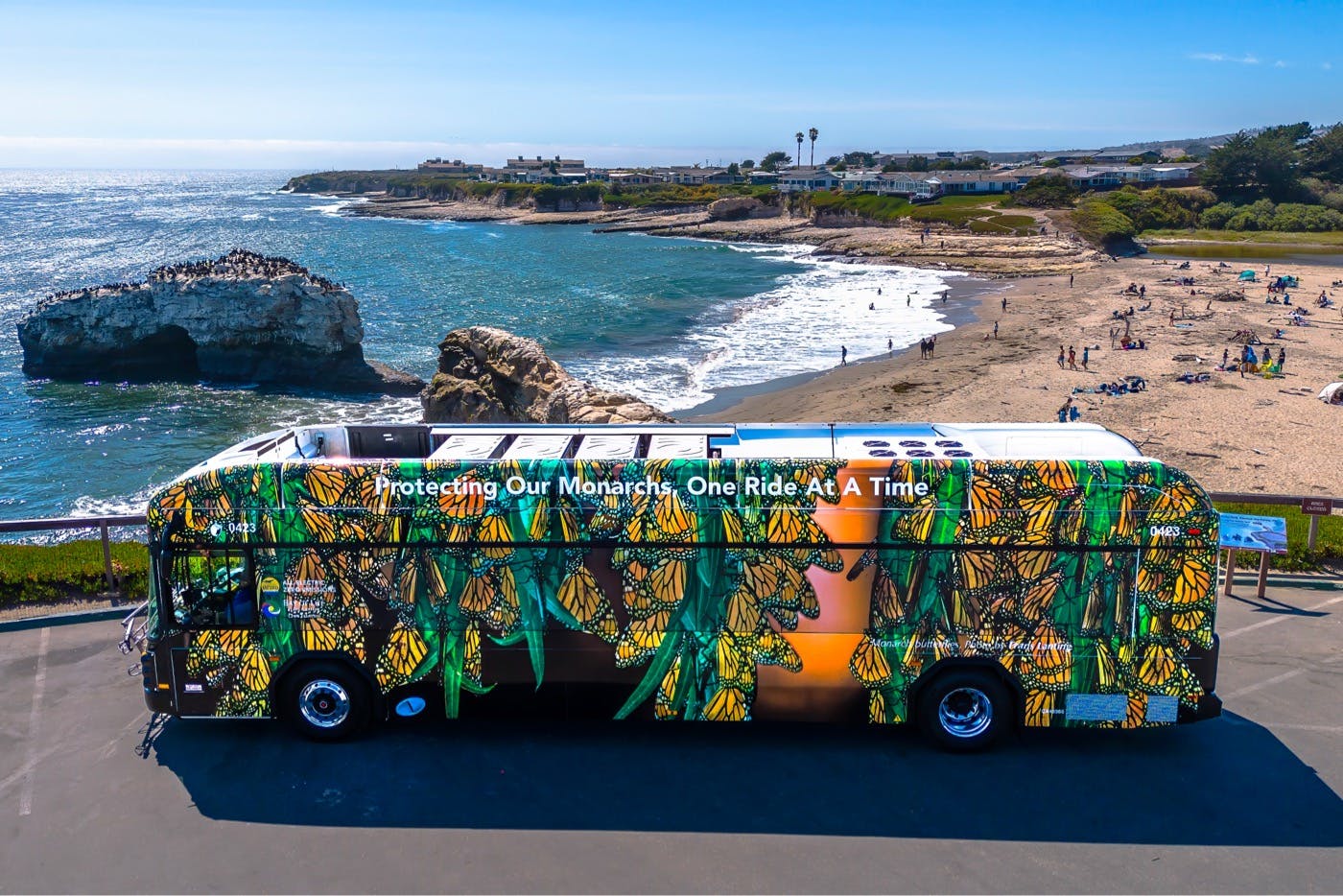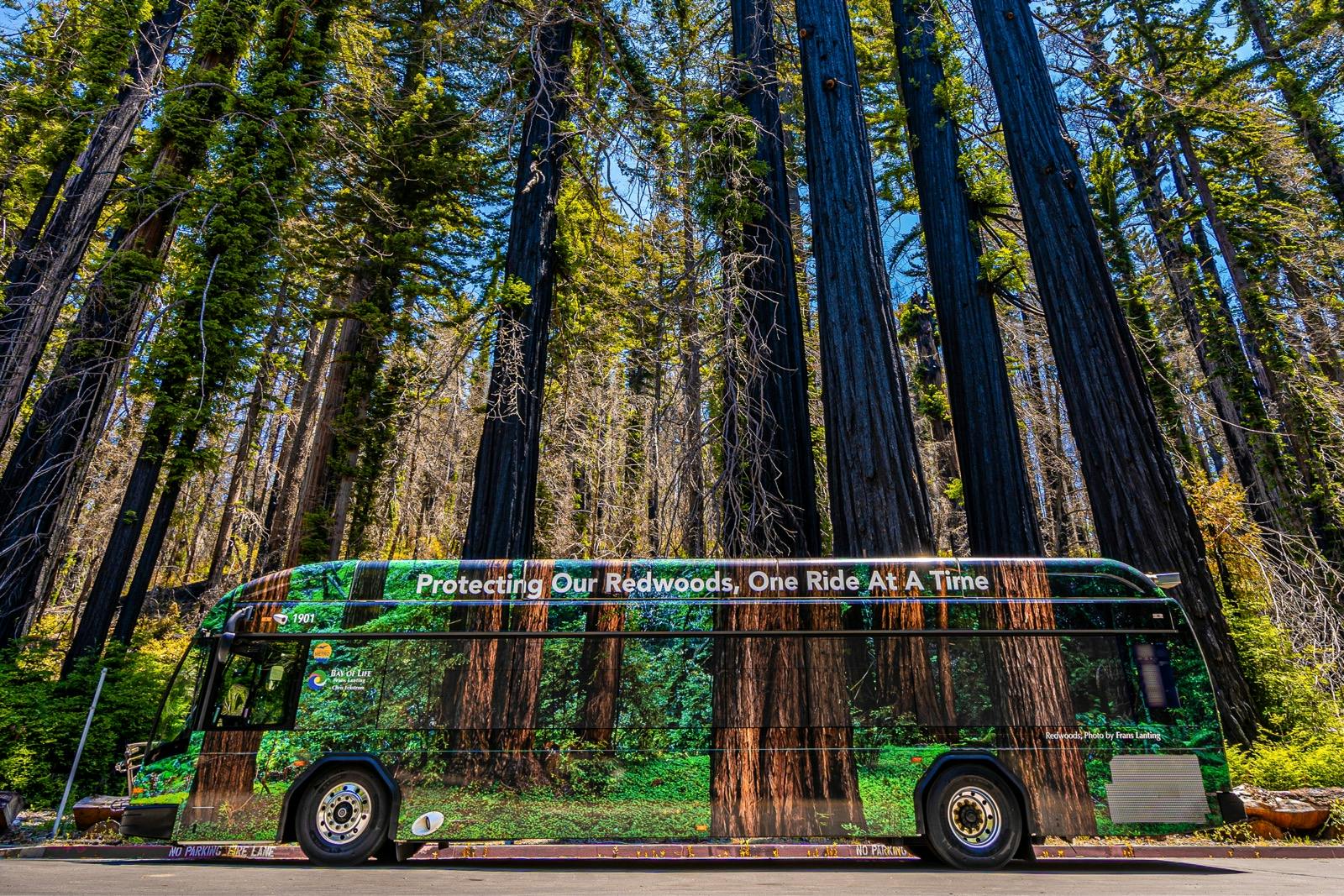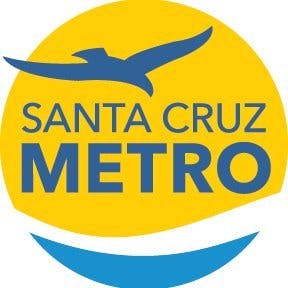Tree was challenged almost immediately by an ambitious directive from the board of directors: double METRO ridership initially from 3.5 million per year to 7 million. Additionally, concepts are on the table to move that number upwards of 9 million riders annually.
“It takes some real out-of-the-box thinking,” says Tree, who is excited for the future. “There is a path for all of this. I am up for the challenge; we know how to get there, and the board is moving forward with a purpose. It’s exciting.”
The exact meeting that included the ridership goals also came with a new directive for METRO that Tree feels is the most profound commitment yet to the local environment.
“The board told me, ‘Don’t buy another tailpipe on these fixed route busses.’” Tree realized the magnitude of the ask. “I was like, ‘dang’ that’s even more ambitious (laughs). A battery electric bus or a hydrogen bus…they are very pricey. But we took on the goal, which has become part of our commitment to protecting the environment in conjunction with ride-sharing and One Ride at a Time.”
A quote from Steve Jobs often inspires Tree: “People don’t know what they want until I show it to them.” He feels people don’t completely understand how public transportation can work until you show it to them.
“I told the board, let’s get the routes straight, fast, frequent and reliable. Let’s get the buses running every 15 minutes; that is the gold standard of all world-class transit systems. That is how you earn the trust of the public.” Tree also thinks the new buses will help create buy-in from locals. “Finally, let’s replace all these buses with modern, reliable, and environmentally friendly models.”
The commitment is broader than buses, riders, and route efficiencies. METRO recently adopted a policy incentivizing vendors for competitive bids, resulting in a financial boon for local non-profits championing the environment.
“We have a 60 million dollar budget.” Tree details how they were able to turn those contracts into activism. “Our board of directors has asked vendors for a 5% discount on bids, which will help them score better in the proposal process to get work at METRO. In turn, take that 5% discount from the winning bid and give it directly to our community partners to further their work.”
Like a delicate and connected ecosystem, we come full circle with this story. One of those community partner non-profits benefiting from that 5% vendor model Tree references is the Bay of Life Foundation, a foundation created by Frans Lanting and Chris Eckstrom, who donated their time, talents, and imagery at the outset for the METRO bus wraps.
“When Michael Tree came to us with this idea, we knew it needed to be done in a specific way to make a difference and elevate everyone.” Lanting reflects on how the partnership with METRO has bridged a long-term and deep commitment to environmental stewardship from the global stage to the literal streets of a beloved hometown for him and his wife, Christine Eckstrom. A renowned writer, editor, and videographer whose work also celebrates the wonders of the natural world while exploring the coexistence of people and wildlife, Eckstrom is deeply invested in the project.
“Christine and I raise our voices when we see a need to do so, but we are just two people. This eventually is in the hands of the citizens of Santa Cruz County to be motivated and support the organizations working hard every day to maintain the quality of our shared natural environment.”
One Ride at a Time is not a passive campaign; METRO is looking for the community to participate. Bus riders must create an account on the online ridesharing portal administered by the Santa Cruz County Regional Transportation Commission (SCCRTC)’s GO Santa Cruz County program (scmtd.org/gosantacruz) or through the Commute Tracker app (scmtd.org/ctsetup). Once enrolled, riders will use the portal to log their bus trips, earning 10 points for each trip with a maximum of two rides per day that count towards point accruals. When riders reach 250 points, or 25 rides, they can use the portal to select one of the nonprofit partners to receive a $10 donation. Riders can also see the greenhouse gas emissions reductions they’ve made by riding public transit and compete against each other to see who can make the most significant impact.

